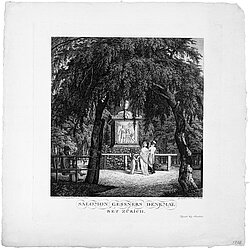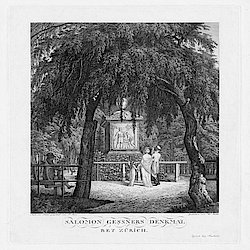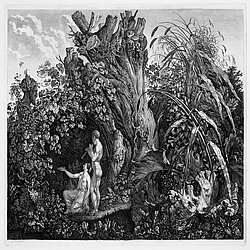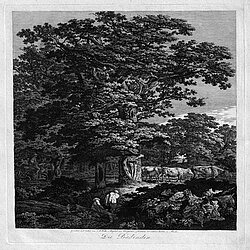Loading the page ...
Carl Wilhelm Kolbe the Elder
1759 Berlin – 1835 Dresden
Carl Wilhelm Kolbe, nicknamed "Oak Kolbe", is mainly known for his forest scenes and large-format studies of leaves, which exude a poetry and closeness to nature all of their own. Kolbe only turned to art at a mature age and worked exclusively as a draughtsman and etcher. At the same time he was active as a linguist, wrote a number of noted philological treatises and received a doctor’s degree from the University of Halle in 1810. On the recommendation of Daniel Chodowiecki, Kolbe studied art at the Berlin Academy in 1790. He turned out to be a talented student and was admitted to membership of the Academy in 1795. That same year Kolbe settled in Dessau, as he had never felt at home in Berlin with all its artistic cliques. At that time the principality of Anhalt was one of the most enlightened and progressive regions in Germany. In 1798 Prince Leopold Friedrich Franz von Anhalt (1740–1817) appointed Kolbe court engraver and teacher of drawing and French at the secondary school in Dessau. Despite the modest status of his post Kolbe proved to have great influence as a teacher, counting among his pupils the brothers Olivier and Franz Krüger.
On Offer
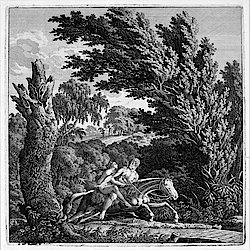
Archive
